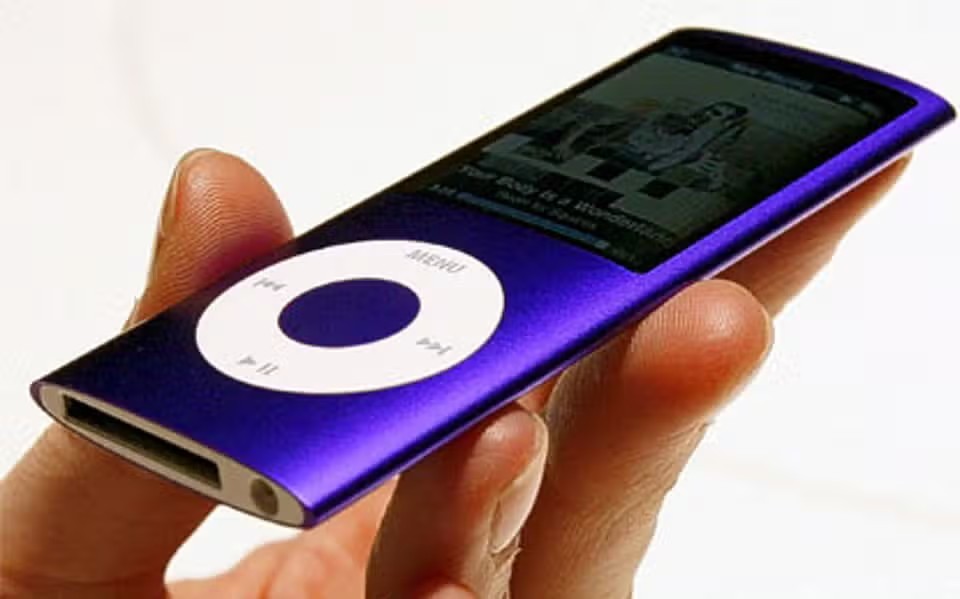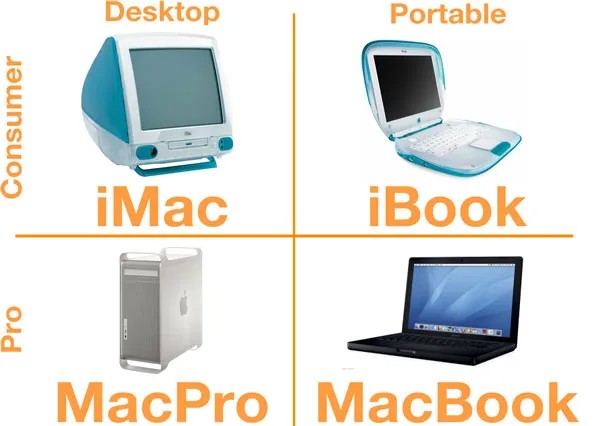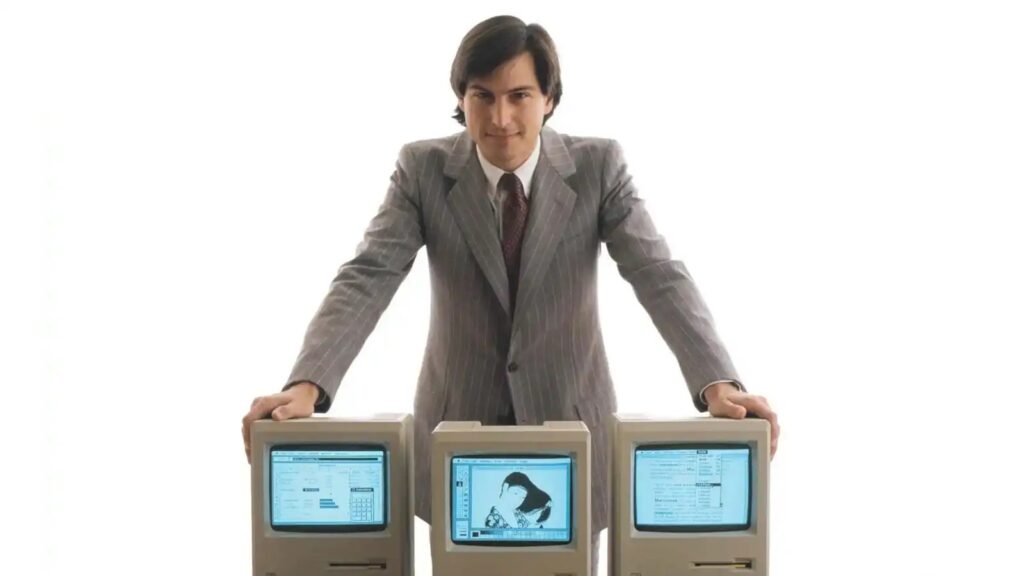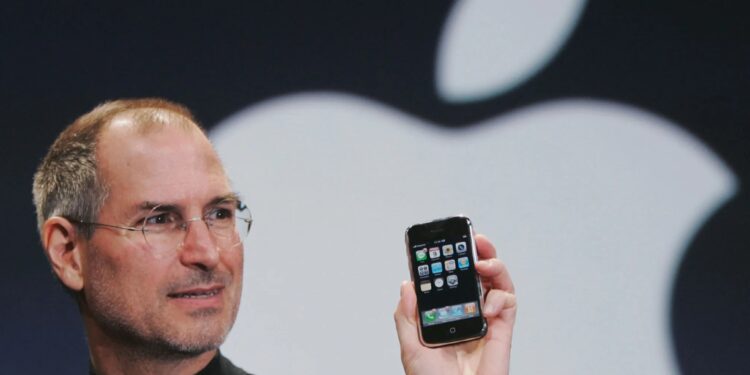Steve Jobs, co-founder of Apple Inc., stands as one of the most influential figures in the history of technology and business. His visionary leadership and relentless pursuit of perfection revolutionized multiple industries and changed the way we interact with technology in our daily lives.
Born on February 24, 1955, in San Francisco, California, Jobs was adopted by Paul and Clara Jobs. From an early age, he showed a keen interest in electronics, tinkering with gadgets in his family’s garage. This passion would eventually lead him to cross paths with Steve Wozniak, with whom he would later co-found Apple Computer in 1976.




The early days of Apple saw Jobs and Wozniak working tirelessly to create personal computers that were both powerful and user-friendly. The Apple II, released in 1977, became one of the first mass-produced microcomputers and helped establish Apple as a major player in the nascent personal computer industry.
However, it was the Macintosh, introduced in 1984, that truly showcased Jobs’ vision for intuitive, design-focused computing. With its graphical user interface and mouse, the Macintosh represented a paradigm shift in how people interacted with computers. Despite its innovative features, internal conflicts led to Jobs’ departure from Apple in 1985.
During his time away from Apple, Jobs didn’t slow down. He founded NeXT Computer and acquired Pixar Animation Studios. At NeXT, he continued to push the boundaries of computer design and software development. Meanwhile, his leadership at Pixar transformed it into a powerhouse of animated filmmaking, producing classics like “Toy Story” and “Finding Nemo.”
Jobs returned to Apple in 1997 when the company acquired NeXT. As interim CEO (later becoming permanent), he led Apple through a remarkable turnaround. He streamlined the product line, introduced the iconic iMac, and laid the groundwork for Apple’s future success.
The 2000s saw Jobs and Apple redefine multiple industries. The iPod and iTunes Store revolutionized the music industry. The iPhone, introduced in 2007, changed the smartphone landscape forever. The iPad created an entirely new category of mobile computing devices. Each of these products embodied Jobs’ philosophy of marrying cutting-edge technology with intuitive design and seamless user experience.
Jobs was known for his charismatic presentations, often captivating audiences with his famous “one more thing” revelations. His attention to detail, from product design to packaging, became legendary. He demanded excellence from himself and those around him, often pushing the boundaries of what was thought possible.
Despite his professional success, Jobs faced personal challenges. He was diagnosed with pancreatic cancer in 2003 and underwent various treatments over the years. He stepped down as Apple’s CEO in August 2011, passing the reins to Tim Cook. Jobs passed away on October 5, 2011, leaving behind a legacy that continues to influence the tech industry and beyond.
Steve Jobs’ impact extends far beyond the products he helped create. He showed that technology could be both functional and beautiful. He demonstrated the power of thinking differently and pursuing one’s vision relentlessly. His life serves as an inspiration to entrepreneurs, designers, and innovators worldwide.
While Jobs was not without his critics and controversies, his contributions to technology, design, and business are undeniable. He didn’t just create products; he created experiences that changed how we work, communicate, and entertain ourselves. Steve Jobs’ vision and the company he built continue to shape our digital world, cementing his place as one of the most influential figures of the modern era.
newshub











Recent Comments